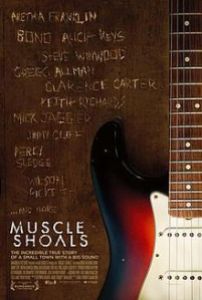Underground (1995)
Blacky Popara and a small cadre of associates are trapped in an underground cave in Yugoslvia at the end of the second World War. Blacky’s supposed best friend Marko Dren, a communist party official, tricks them into believing the war continues on the surface so they will make weapons they believe are used to fight the Nazi threat which he then sells for profit.
Blacky eventually discovers the deception and goes above ground to participate in the Cold War, and become a Serbian patriot in the Yugoslav Wars.
Emir Kusturica’s darkly comic portrait of the futility of war and dehumanization of its participants interprets the recent history of Yugoslavia as one continuous war.
The surreal ending, a wedding where all of the characters (both dead and alive) reunite to celebrate, led critics such as Deborah Young to say this was what would happen “if Fellini had shot a war movie.” This is unfair to Kustirica who owes as much to the black comedy tradition of anti-war films like To Be or Not to Be (1942), M*A*S*H* (1970), Catch-22 (1970), and Slaughterhouse-Five (1972).
Muscle Shoals (2013)
This documentary highlights the music studios in Muscle Shoals, Alabama and argues there’s a tangible connection between location and music.
There were studios all over the country in the late 1960s. Why were Sound City in Los Angeles and FAME Studios in Alabama successful while others failed? Was there something about the locations of these studios which positioned them for success? Could The Rolling Stones have successfully recorded in Sound City? Would Nirvana have made it working with The Swampers in Muscle Shoals?
This movie is a part of a mini trend over the last year of documentaries focused on lesser known players and aspects of the history of rock and roll. This and Sound City (2013) focus on the studios, while 20 Feet from Stardom (2013), which won the Academy Award for Best Documentary, focuses on the career of a handful of background singers. Watching them is like an advanced class in the history of rock and roll, an art form now old enough to have forgotten its past.

